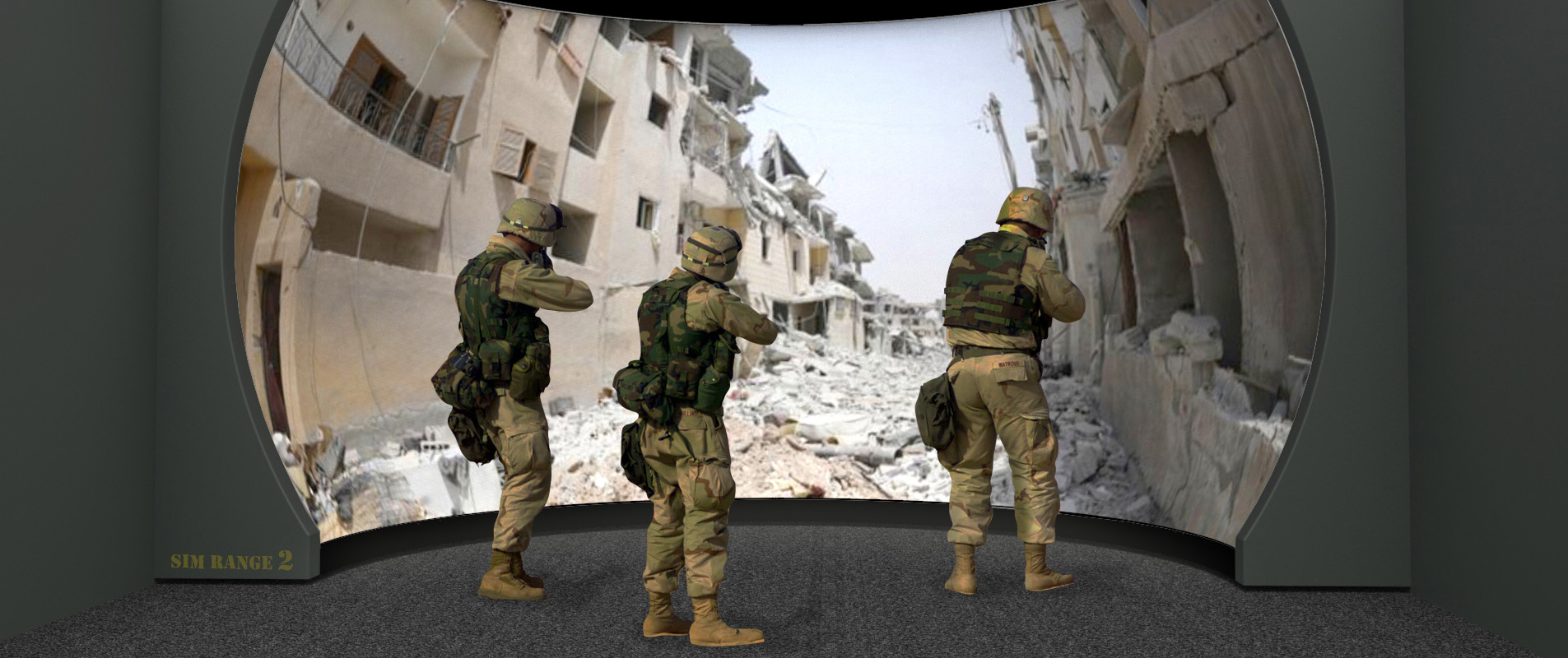Military training safety
When it comes to technological advancements, the military tends to be on the cutting edge. From the creation of the internet in the sixties to the influx of drone-based warfare in recent years, the landscape of combat has shifted dramatically in response to new innovations. As a result, training procedures have to be modified to account for the predominance of technology in the military.
In terms of how the military trains, most people probably imagine mud-soaked obstacle courses with physical hurdles to jump and dodge. While physical training is still a big part of building combat competence, it may surprise you to learn that a fair amount of training takes place in virtual simulations. These simulations are a way for soldiers to experience realistic conflict scenarios without risk of injury or other safety concerns. These training simulations can help recruits build confidence in their abilities and face the reality of warfare in a safe and controlled setting before they have to use those abilities on the battlefield.
Common hurdles
Unfortunately, the hurdles that military personnel have to jump over aren’t always literal. There is no shortage of military training risks that have led to the transition to virtual training simulations. A study conducted by the British Ministry of Defense found that 6% of all deaths among armed forces personnel were related to training or exercise regimens. Out of 147 reported deaths, 99 occurred in the army division. Physical training courses are subject to factors like climate and terrain that can cause serious injury or death. In 2013, three soldiers died after carrying heavy materials in extreme heat. Furthermore, these environmental risks can be exacerbated by undiagnosed or untreated medical conditions, leading to even worse outcomes.
Technology solutions
In response to the safety concerns associated with training recruits and officers, the military has pivoted to employing modern technology solutions. Augmented reality military training is becoming increasingly popular due to its ability to give trainees valuable experience under controlled circumstances. The use of augmented reality for training purposes can quite literally save lives, both on the training course and on the battlefield itself. Employing virtual training strategies is the key to maintaining healthy, dedicated, and competent military personnel to protect national interests.

